Photo contest "Climate Change"

TOP 5 OF ESTONIA:
1. Photo by Urmas Lekk
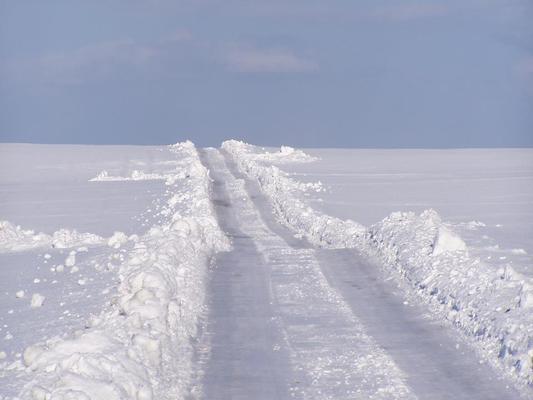
Snowy road - taken in the mid February 2018: it is an unusual view in Estonia last winters during 5-6 years. Before this was a typical Estonian winter weather but not anymore because of global warming.
2. Photo by Urmas Lekk
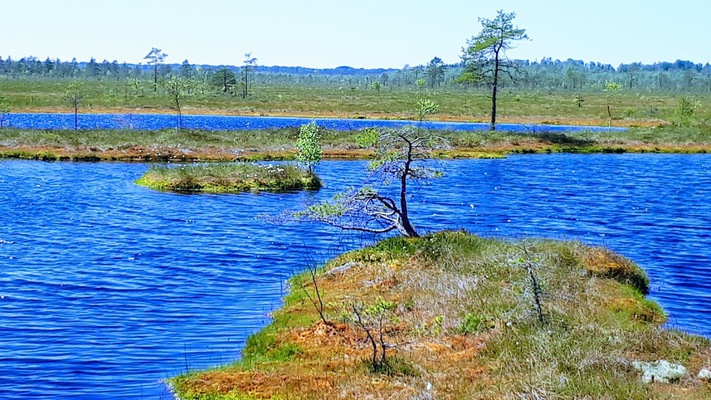
The bog. In ecology we talk about the climaxe community. Climax community is the stable end product of successional sequence or sere. It is a community that has reached a steady state of species composition, structure and energy flow, under a particular set of environmental conditions.
One example of the climaxe community is the bog. The climaxe communities are very sinsible towards the climate change. The bogs are very useful because they "swollow" C02 and store clean drinking water.
3. Photo by Urmas Lekk
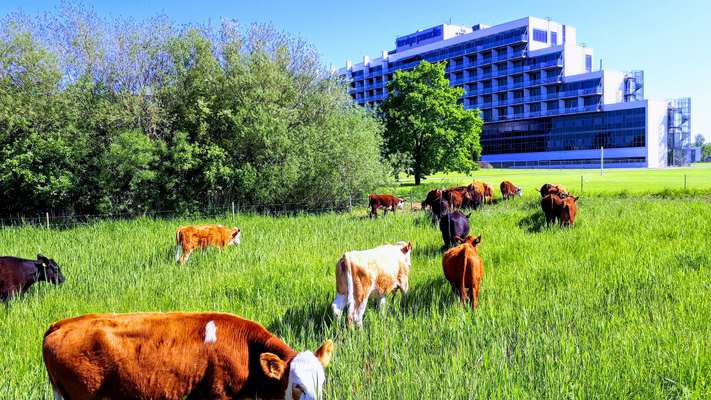
Urban cows - an example of half-natural communities. These kind of landscapes (costal meadows) can be preserved only if we take care of them and give them mantenance, the urban cows help us to do that because they eat the plants there. This is the 3rd year of the project called "Urban cows" organized in Pärnu.
The cows help us to preserve the biodiversity, thus we can talk about sustainability too. It also offers us a chance to educate our local community of Pärnu: there are educational trails with information boards.
4. Photo by Urmas Lekk
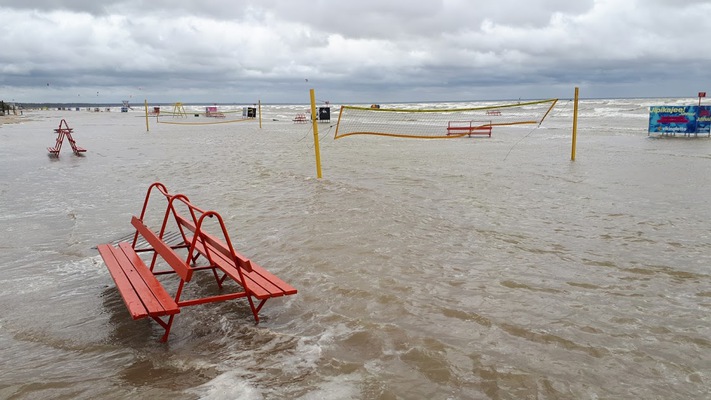
The flood in Pärnu, at the beach. Luckiky we have these kind of floods only once a year but we have had also very severe floods in 1967 and 2005 when the level of the sea arised so dramatically that some people had to be evacuated from their homes.
5. Photo by Triin Rahuoja
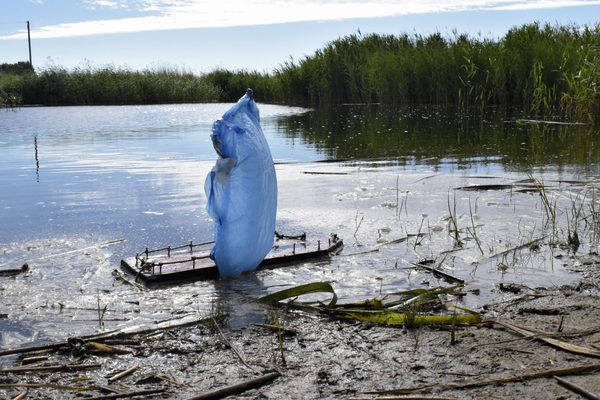
The photo has been made on the island of Kihnu in the region of Pärnu in summer 2018. Triin saw this boat during a youth camp on art when the artist Jaak Visnap took them to admire the nature in a bay of Kihnu island. There they found this wooden boat with a sail made of plastic.
More pictures from Estonia
PHOTOS SPAIN
Photo by Karlos Orán (mobilphone)
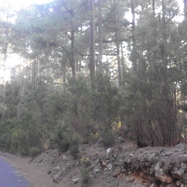
This pictures shows a reforested area that produces an important source of oxygen and improve the habitat of the wildlife
Photo by Gabriel González (mobilphone)
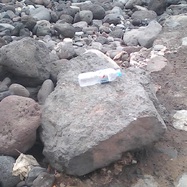
Throwing plastics in natural spaces means polluting the Environment.
Also is very dangerous for marine animals, then they can suffer strangulation feeding of this material
Photo by Alexis Delgado (mobilphone)
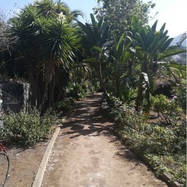
Gardening a former polluted aerea can be recovered to become a beatiful landscape.
PHOTOES FROM MARTINIQUE
PHOTO CONTEST ERASMUS+: “CliMates”
Collège Edouard GLISSANT- 97232 MARTINIQUE
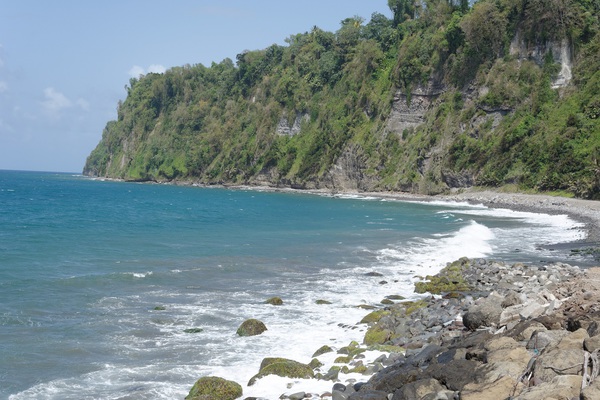 PHOTO 1 - A Beautiful rocky beach and vegetation along turquoise Martinican Sea water without no buildings.
PHOTO 1 - A Beautiful rocky beach and vegetation along turquoise Martinican Sea water without no buildings.
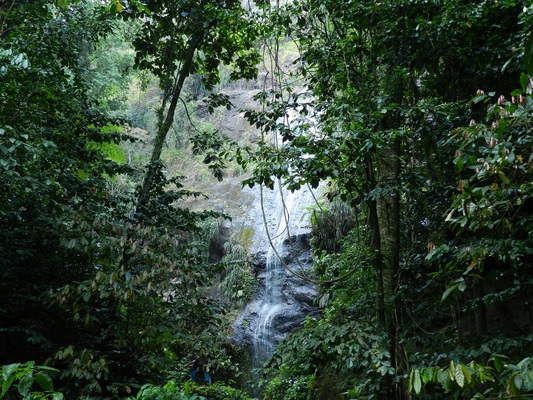 PHOTO 2 – The beauty of the tropical forest: clear water and splendid vegetation of the north of Martinique.
PHOTO 2 – The beauty of the tropical forest: clear water and splendid vegetation of the north of Martinique.
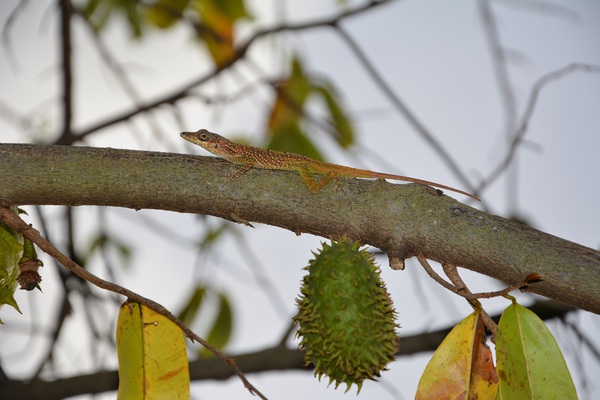 PHOTO 3 – A lizard aside a soursop (fruit) on the branch of a soursop tree.
PHOTO 3 – A lizard aside a soursop (fruit) on the branch of a soursop tree.
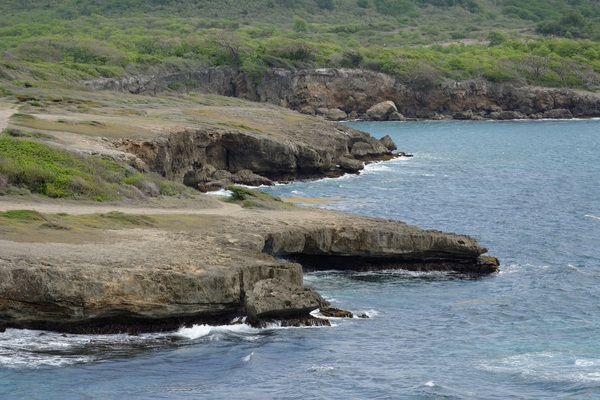 PHOTO 4 – The action of the sea on the land: the rising of the oceans generates an erosion that makes our land steps back.
PHOTO 4 – The action of the sea on the land: the rising of the oceans generates an erosion that makes our land steps back.
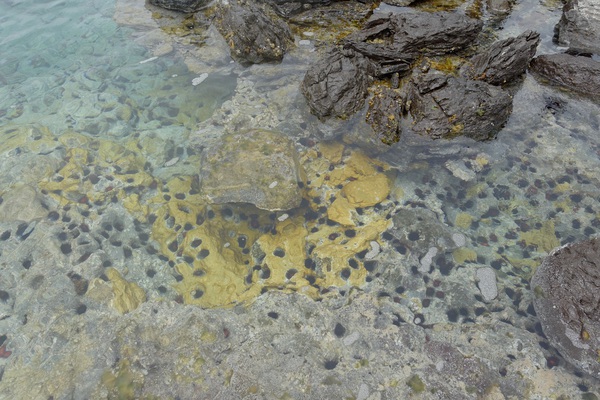
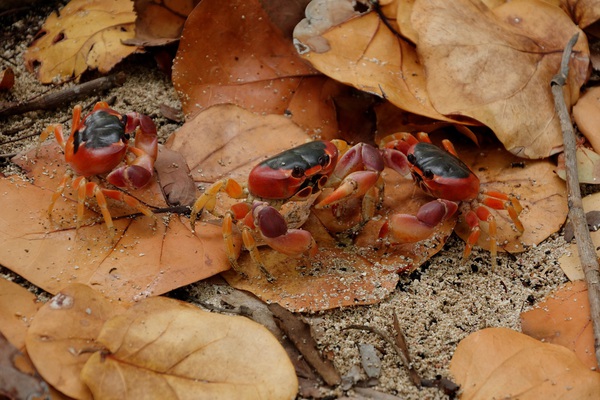 PHOTOS 5 – Sea shores: wetland with sea urchin in danger and dryland with crabs “Touloulou” of Martinique.
PHOTOS 5 – Sea shores: wetland with sea urchin in danger and dryland with crabs “Touloulou” of Martinique.
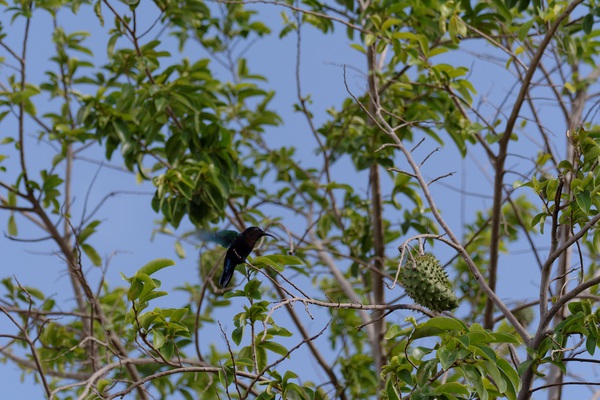 PHOTOS 6 – A hummingbird that flies around a fruit (soursop). The fauna and flora are represented on the same image.
PHOTOS 6 – A hummingbird that flies around a fruit (soursop). The fauna and flora are represented on the same image.
PHOTOES FROM GERMANY
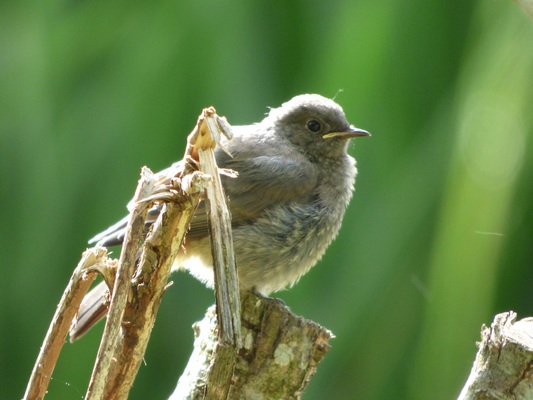
young redstart
In this picture you can see a young redstart (Phoenicurus ochruros). Redstarts weigh between 11 and 23 g and they get their name from the orange-red tail (`start` is another word for tail). This picture was taken close to a little pond (also near Neresheim), where they have a hidden nesting site in an old tree.
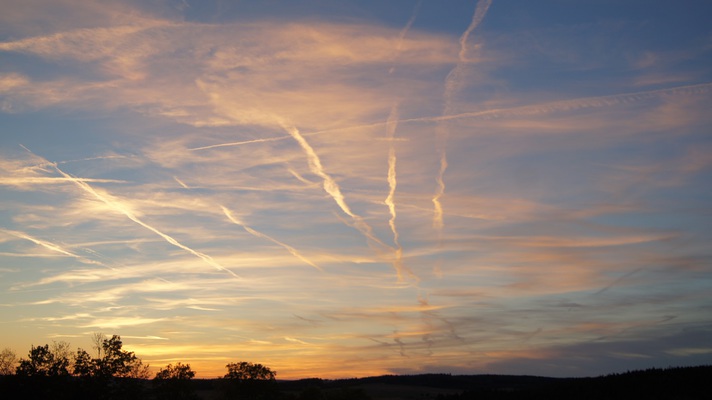
vapour trails
Vapour trails are produced by planes. They emit water vapour - this is one of the greenhouse gases, i.e. gases that cause the earth to heat up.
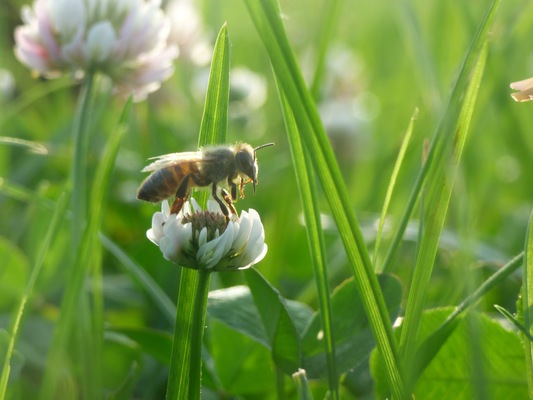
bee
In this picture you can see a bee sitting on a herb called borage, which can also be used as a medicinal herb. Bees are very important for our ecological system, that`s why it is so important to protect them. Herbs or blooming flowers as for example borage or marigold can help them to survive and to find neccessary nourishment. This picture was taken in my own garden near Neresheim.
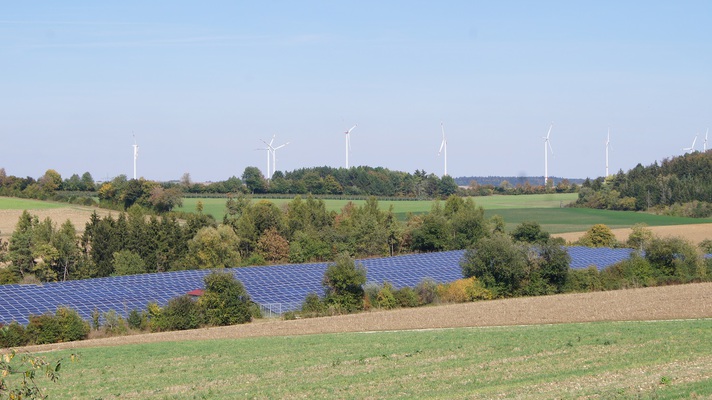 wind anand solar power stations
wind anand solar power stations
This is the view from our living room window. There are many wind power stations and solar collectors around Neresheim. They generate electricity with wind and the sun. Coal power stations and nuclear power stations also produce electricity, but they burden the environment with CO2 and nuclear waste.
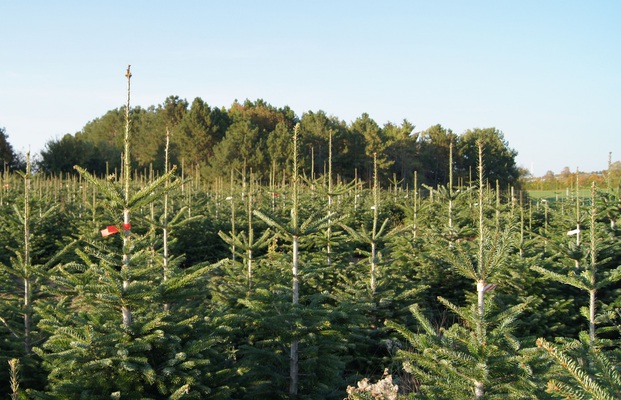
christmas tree monoculture
There are many Christmas tree monocultures like this in our region. There are only few species of animals and plants in monocultures.
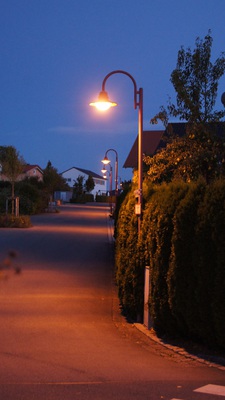
street lamps
At night many insects are attracted by the light of street lamps and die. It is similar with the headlights of cars that drive at night. Since spring 2018 the street lamps in Neresheim shine all night long.
More pictures from Germany
PHOTOES FROM HUNGARY

Plastic everywhere

Flood

monoculture

Wind before storm

Urban life

Tata is the winter resort of the wild goose
More pictures from Hungary